Cute Broadcast for the Kiddos ⛄️: The Real Traditional Recipe
When it comes to delighting children with culinary treats, few flavors spark joy as much as the enchanting sweetness of the traditional hot chocolate. This beloved beverage, especially popular during the colder months, evokes warm memories and festive cheer. In this article, we will explore the intricate details of crafting the perfect cup of hot chocolate, from its history and ingredient sourcing to variations that cater to all palates.
Why is cocoa used in hot chocolate?
The Benefits and Culinary History of Cocoa
Cocoa has a rich history that dates back thousands of years, originating in Mesoamerica where it was first cultivated by the Olmec civilization. Not only was it consumed as a drink, but it also held ceremonial significance. Cocoa is rich in flavonoids, which are known to have heart-healthy benefits, as well as the potential to improve mood and cognitive function. These qualities combined make cocoa a wholesome choice for a children’s beverage, providing them both enjoyment and nourishment during their chilly winter days.
Possible Alternatives to Replace Cocoa
Though cocoa is the star of traditional hot chocolate, there are several alternatives for those seeking to avoid it or accommodate various dietary restrictions. Carob powder offers a caffeine-free substitute with a naturally sweet flavor. Additionally, matcha can provide a unique twist, offering robust health benefits alongside its vibrant green hue. There are also commercially available vegan chocolate powders that use alternative plant-based ingredients while aiming to replicate the rich flavor profile of traditional cocoa.
Ingredients in Hot Chocolate
Basic Products
To prepare a classic hot chocolate, you will need the following base ingredients:
- Cocoa Powder – Typically unsweetened to allow flavor customization.
- Milk – Whole milk for creaminess, though any plant-based milk can be used, such as almond or oat milk.
- Sugar – Granulated sugar, though alternatives like honey or maple syrup can add unique sweetness.
- Water – Optional, but often used to dissolve the cocoa powder before adding milk.
Essential Seasonings or Add-ins
In addition to the basic ingredients, you might want to elevate your hot chocolate with essential seasonings:
- Vanilla Extract – for a warm, aromatic touch.
- Salt – a pinch can enhance the overall flavor depth.
- Spices – cinnamon, nutmeg, and even chili powder can add an exciting kick.
Consider adding whipped cream, marshmallows, or chocolate shavings as delightful toppings to complete your hot chocolate experience.
Preparation of Hot Chocolate
Step 1 – Preparing the Ingredients
Start by gathering all the ingredients in one area. Measure out your cocoa powder, sugar, and chosen liquid (milk or water). If using spices or additives, have those on hand as well.
Step 2 – Pre-Cooking or Special Preparation
In a small saucepan, combine the cocoa powder, sugar, and a couple of tablespoons of water. This mixture should be heated on low, stirring continuously to create a smooth paste. This ensures that the cocoa dissolves properly without clumping.
Step 3 – Mixing and Assembling
Once your cocoa mix has formed a smooth paste, gradually add the milk of your choice, stirring vigorously to combine. Increase the heat to medium, allowing the hot chocolate to warm through, but do not let it boil. This is when you can add any additional flavorings such as vanilla extract or spices.
Step 4 – Cooking and Finishing
Once heated to your desired temperature, pour the hot chocolate into mugs. This is the perfect time to add your preferred toppings like whipped cream, chocolate shavings, or even a sprinkle of cinnamon for a festive touch.
Variations and Adaptations of Hot Chocolate
Regional or Traditional Version
In Mexico, hot chocolate is traditionally prepared with unsweetened chocolate and is often spiced with cinnamon and served with a side of churros. This version reflects the rich cultural heritage associated with cocoa and showcases the beverage’s adaptability across different cuisines.
Modern or Revisited Version
Recent trends have introduced creative variations such as salted caramel hot chocolate or even spicy versions infused with cayenne pepper. These modern takes on the classic recipe appeal to adventurous palates and those seeking more than just the usual sweetness.
Adaptations to suit your tastes
Several adaptations can tailor hot chocolate to specific dietary wants or needs. For a lighter version, consider using skimmed milk or a lower sugar content. For a vegan alternative, almond or coconut milk can be substituted, along with natural sweeteners such as agave. If you’re feeling daring, you might even craft a superfood version with added turmeric or ginger for health benefits.
Frequently Asked Questions about Hot Chocolate (FAQ)
Q1: Can I make hot chocolate in bulk?
Yes, you can prepare a large batch and store it in a thermos. Make sure to reheat gently when serving to maintain its delicious flavor.
Q2: How can I make hot chocolate healthier?
Consider reducing the sugar content, using unsweetened cocoa, or incorporating superfoods as mentioned earlier. Additionally, using plant-based milk can lower cholesterol if that’s a concern.
Q3: What are some creative toppings for hot chocolate?
Aside from whipped cream and marshmallows, consider adding crumbled cookies, flavored syrups, peppermint sticks, or even a sprinkle of crushed nuts for added texture and flavor.
Q4: Can hot chocolate be made dairy-free?
Absolutely, by substituting dairy milk with plant-based options such as almond, coconut, or soy milk, you can create a rich and satisfying dairy-free hot chocolate.
In conclusion, hot chocolate is not only a festive drink served at holiday gatherings but also a versatile recipe that can adapt to various taste preferences, dietary requirements, and creative spins. By understanding its rich history and techniques, you can elevate your hot chocolate-making skills, ensuring that children and adults alike enjoy this heartwarming beverage to its fullest potential.

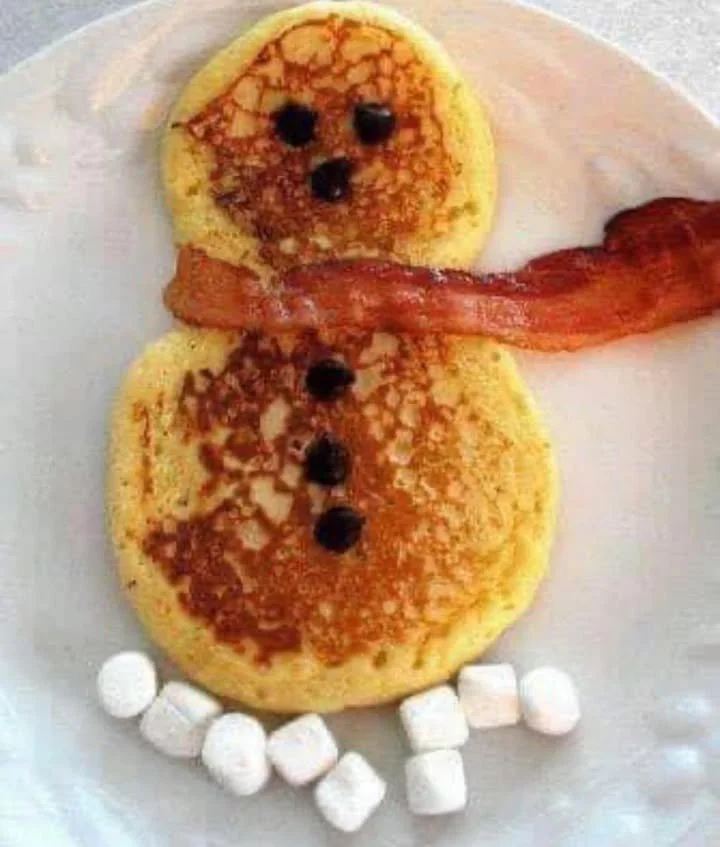
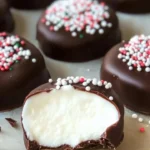
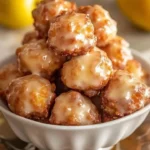
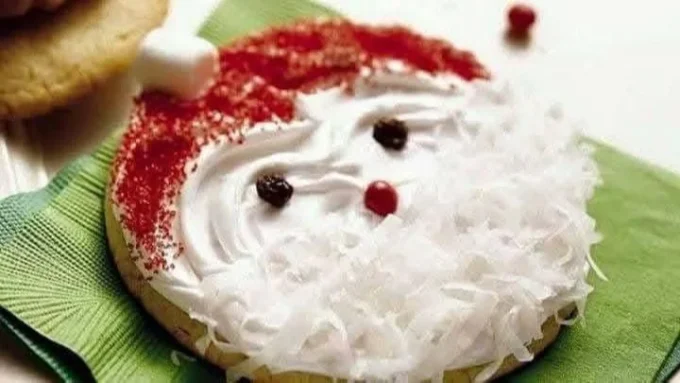
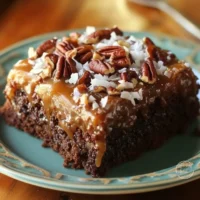
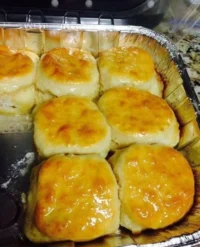
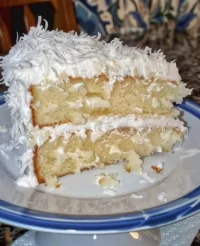
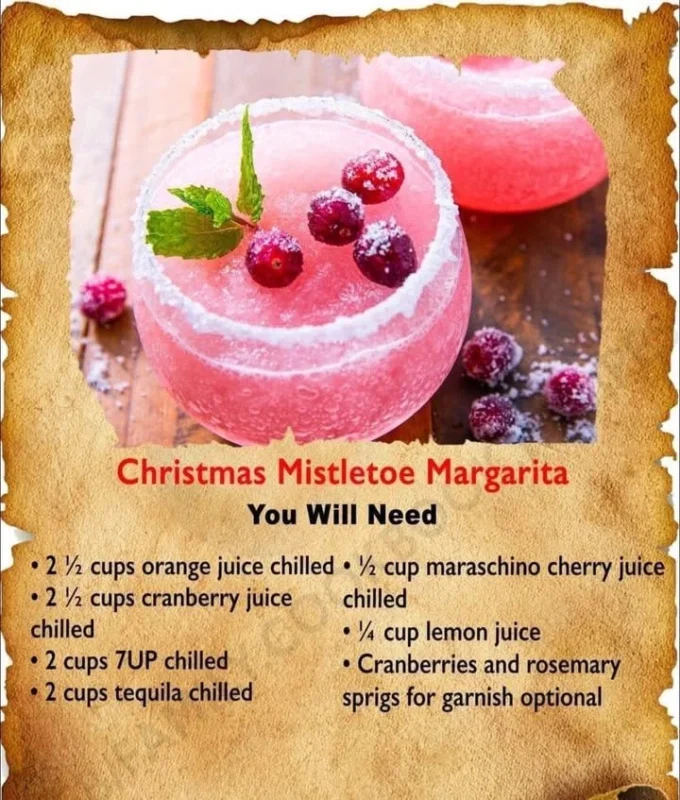

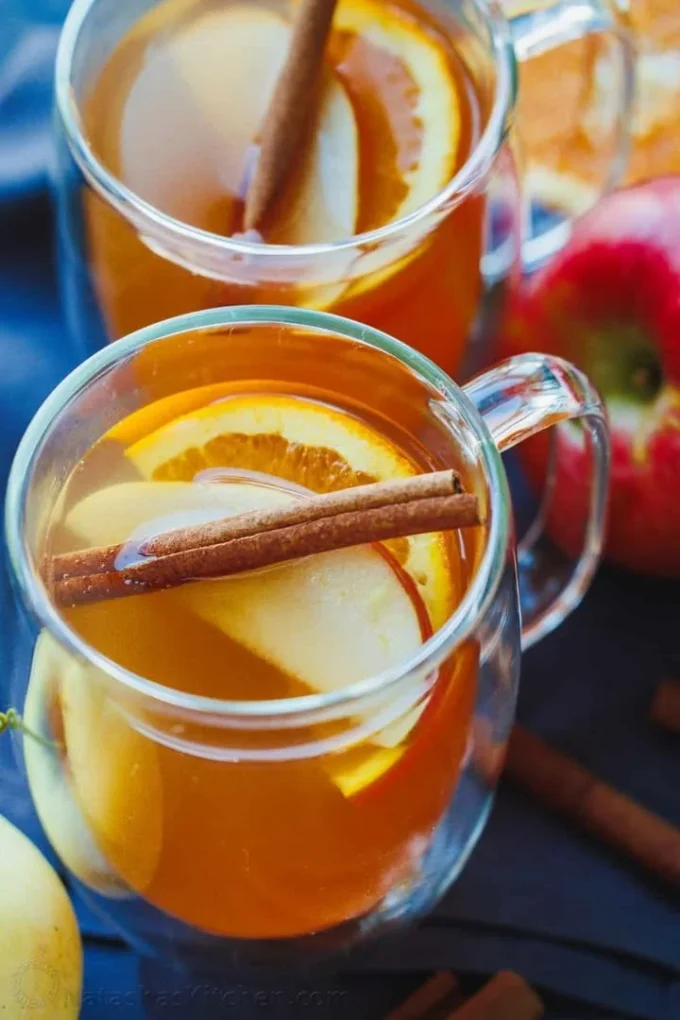
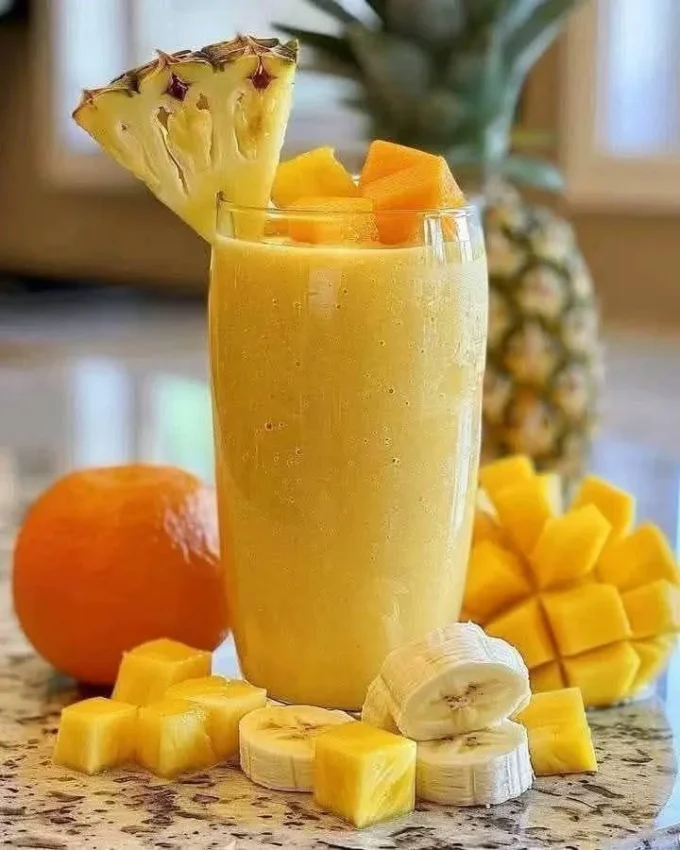
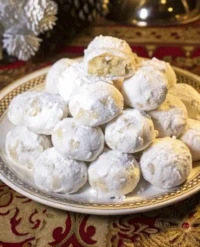

Leave a comment